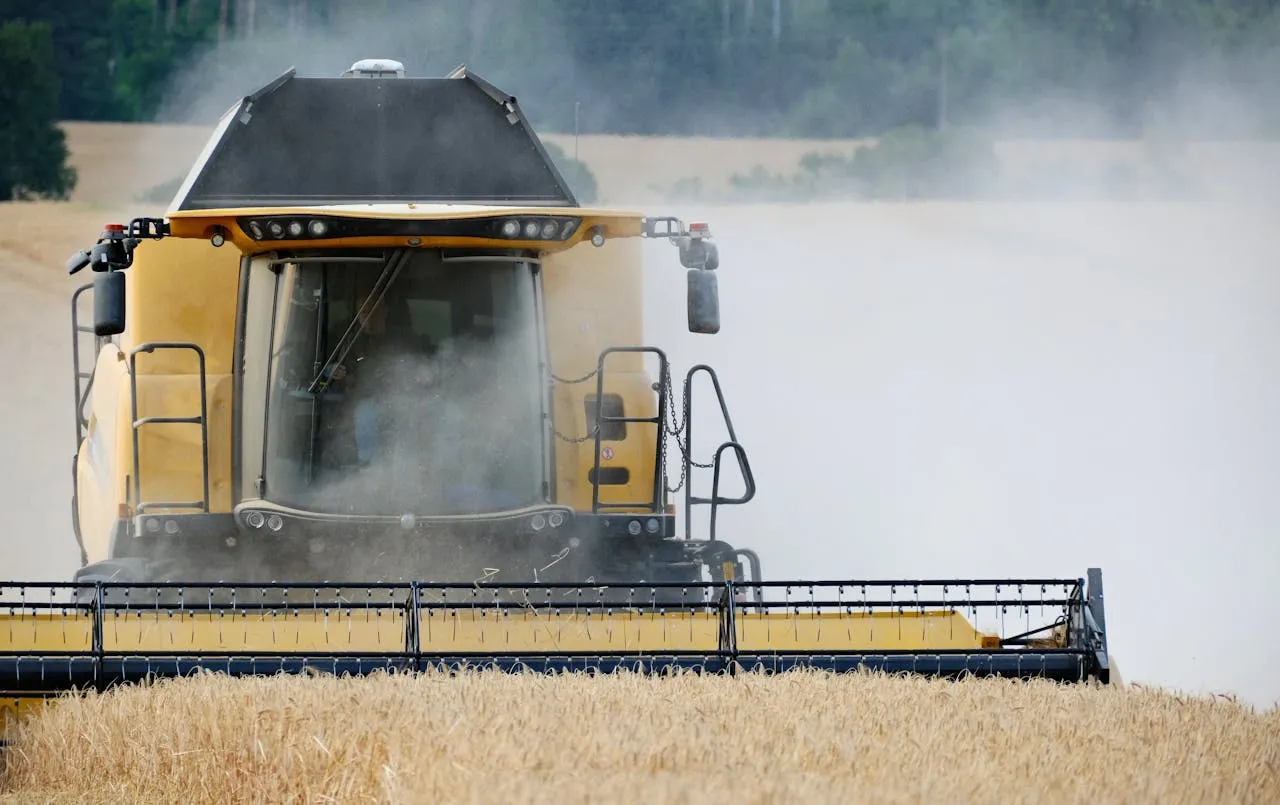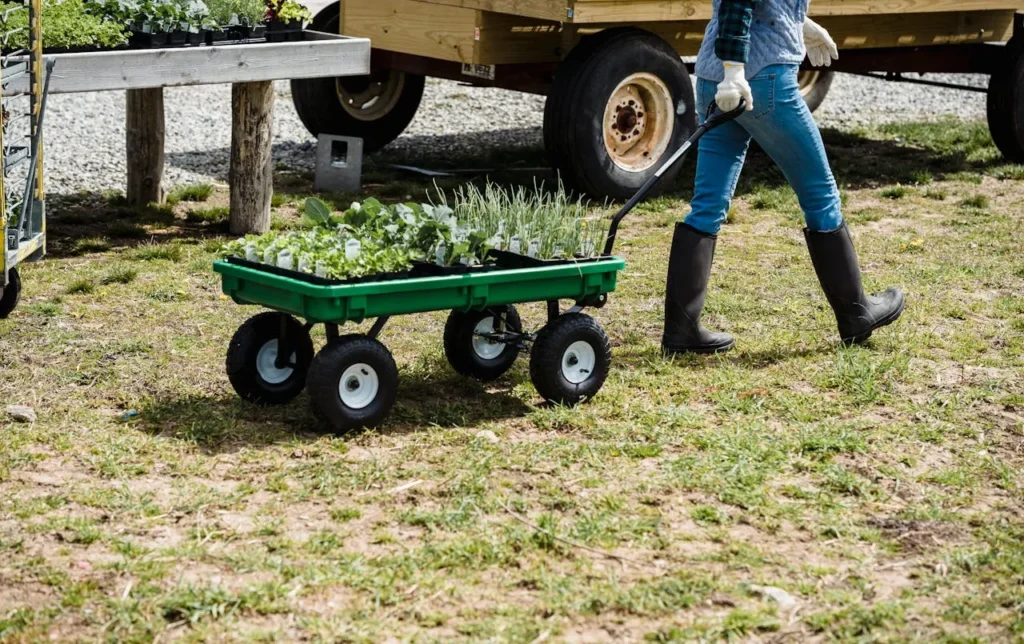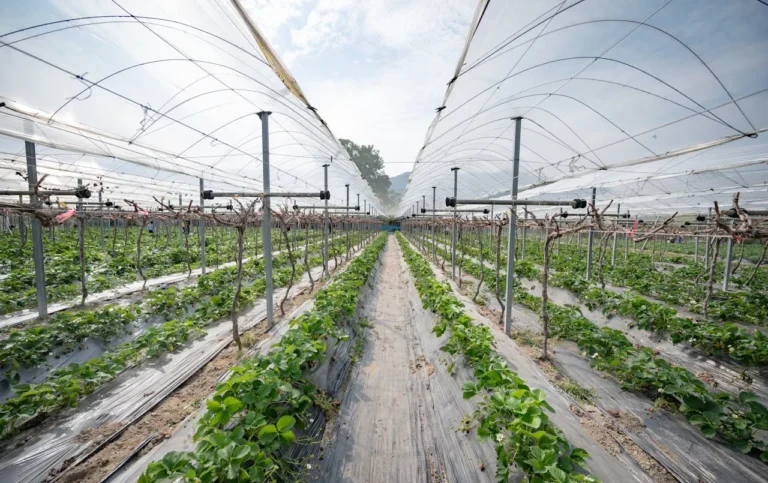
Asia-Pacific $5.8 Billion Electric Construction & Agriculture Equipment Market Outlook: 2020–2024 and 2025–2030
The latest report titled “Asia-Pacific Electric Construction and Agriculture Equipment Market by Country, Competition, Forecast & Opportunities, 2020–2030F”, now available through ResearchAndMarkets.com, offers deep insights into one of the region’s fastest-growing industrial segments. According to the study, the market was valued at USD 1.85 billion in 2024 and is forecasted to reach an impressive USD 5.89 billion by 2030, reflecting a compound annual growth rate (CAGR) of 21.11%.
This rapid rise underscores the profound changes underway in the construction and agriculture sectors across Asia-Pacific. Increasing urban development, stringent government policies on emissions, and the accelerating push toward clean energy solutions are reshaping machinery preferences in favor of electric-powered equipment.
Driving Forces Behind Market Expansion
Several interconnected factors are fueling this growth trajectory.
- Urban Development and Infrastructure Boom
Asia-Pacific remains one of the world’s most dynamic regions for infrastructure development. Rapid urbanization in countries such as China, India, Vietnam, and Indonesia has created strong demand for efficient, cost-effective, and environmentally friendly construction machinery. Electric excavators, loaders, and cranes are increasingly being integrated into large-scale projects, helping developers meet sustainability goals while keeping operational costs in check. - Environmental Regulations and Clean Energy Focus
Governments across the region are implementing ambitious climate strategies. From carbon neutrality pledges in Japan and South Korea to India’s commitment toward renewable energy adoption, policy momentum is firmly behind electrification. Low-emission zones, subsidy programs, and tax incentives are making electric equipment not only viable but often preferable to diesel-powered alternatives. - Advances in Technology
Continuous innovation in battery technology, telematics, and automation has made electric equipment more practical and reliable. Longer battery life, faster charging, and smarter fleet management tools are enabling farmers and contractors to achieve higher productivity with less environmental impact.
Adoption in Agriculture: Mechanization Meets Sustainability
The agricultural sector is undergoing a significant transformation. Traditionally reliant on manual labor and diesel-powered machinery, farmers across Asia-Pacific are now embracing mechanization coupled with sustainability.
- Electric Tractors and Harvesters: These machines reduce both emissions and fuel costs, while offering quieter, more efficient operations. They are becoming particularly attractive to small and medium-sized farmers in India and Southeast Asia who are seeking cost savings over the long term.
- Smart Irrigation and Equipment: Electric-powered irrigation systems integrated with smart sensors and automation are helping optimize water use, an essential feature in water-stressed regions such as northern China and parts of India.
- Precision Agriculture: Combined with telematics and data-driven insights, electric machinery supports more precise farming methods, enabling higher yields and lower resource consumption.
Government subsidies are accelerating this transition. In India, for example, more than half of agricultural machinery purchases in recent years have been influenced by incentive programs. A growing share of government tenders explicitly requires electric models, signaling a decisive shift in procurement policies.
Construction Sector: Toward a Greener Future
In construction, electric-powered excavators, loaders, and cranes are becoming a common sight at project sites. Their appeal lies not only in reduced emissions but also in their ability to operate quietly, an advantage in densely populated urban areas where noise pollution is a growing concern.
Major contractors are increasingly adopting electric machinery to comply with sustainability requirements set by both governments and private clients. The emphasis on green buildings and eco-friendly infrastructure further boosts this demand.

Key Market Challenges
Despite strong growth prospects, the market faces notable challenges:
- High Initial Investment
Electric construction and agricultural equipment typically comes with a higher upfront cost compared to diesel-powered counterparts. The use of advanced lithium-ion batteries and sophisticated control systems drives up the purchase price, creating affordability barriers for smaller contractors and farmers. - Financing Constraints
Access to financing remains limited. Many banks and financial institutions are hesitant to provide loans for electric machinery, citing uncertainties about resale value and long-term market maturity. This lack of financing support slows adoption among cost-sensitive users, even though operating expenses for electric machinery are significantly lower over time. - Technological Transition Barriers
In rural areas and remote regions, limited availability of technicians skilled in electric equipment maintenance poses another challenge. Without adequate training and service infrastructure, widespread adoption may face delays.
Key Market Trends
Beyond challenges, several powerful trends are shaping the future of the industry:
- Expansion of Charging Infrastructure
The rollout of charging infrastructure is one of the most transformative developments in this space. Both governments and private companies are investing in charging networks, including mobile charging units and solar-powered stations tailored for agricultural regions. These advancements reduce downtime, making electric equipment more practical for continuous operations. - Integration of Renewable Energy
Pairing electric machinery with renewable energy sources such as solar and wind is gaining popularity. Farms and construction sites equipped with renewable-powered charging stations can lower operational costs further while reducing carbon footprints. - Rise of Automation and Telematics
The convergence of electrification with automation and telematics is opening new possibilities. Farmers and construction managers can monitor equipment performance, predict maintenance needs, and optimize usage patterns, enhancing efficiency and profitability.





